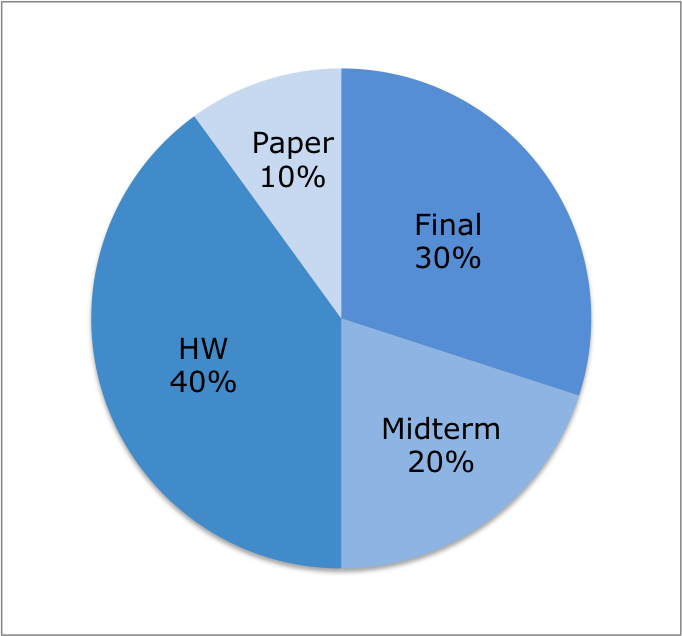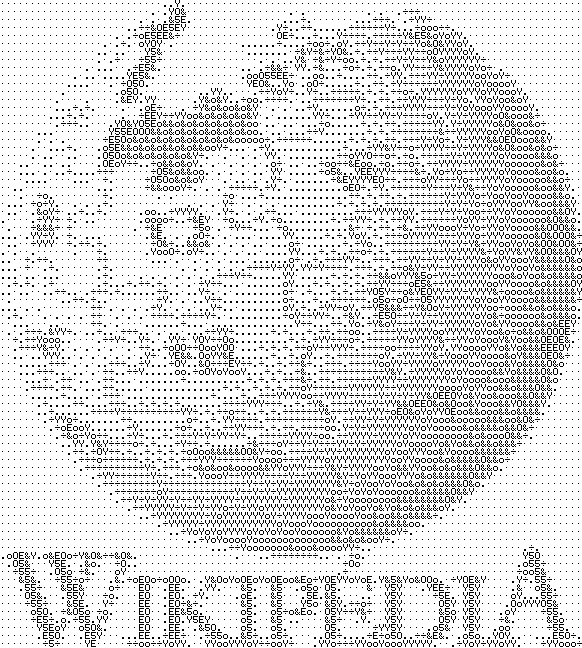CS 101
Introduction to Computers
reading: Syllabus
Plan for Today
- Course Overview
- Computer Code
- Computer Hardware
Course Goals
- Demystifying Technology
- Technical Literacy
- Communication with Software Engineers
Course Overview
- Computer Hardware (~3 lectures)
- Introduction to Code (~5 lectures)
- Artificial Intelligence (~1 lecture)
- The Internet and the Web(~4 lectures)
- Human-Computer Interaction (~1 lecture)
- Security and Privacy (~2 lectures)
- Big Questions in Computer Science (~1 lecture)
Course Staff

ataylor4@stanford.edu OH: T/Th 4:20-5:30PM Gates 323 |

shreya@cs.stanford.edu OH: Weds 1-3PM Basement of Huang |
Course Policies: Grade Breakdown

Course Policies: HW
- Weekly homework, out Tuesday/Thursday, due following Wednesday
- Combination of written questions and code exercises
- Two free 24-hour late days (pre-approved extensions)
- Each late day covers 1 second to 24 hours late
- Submit on Canvas
- Short response paper on Artificial Intelligence
- released week 5, due Friday, November 16
Course Policies: Honor Code
- Refer to the Stanford Honor Code
- All work must be in your own words.
- You may reference outside sources, but include a citation (e.g. URL link) at the end of your answer.
- The purpose of the homeworks is to assess your understanding of concepts; you must demonstrate that understanding to get credit.
Course Policies: Exams
Midterm
- Tuesday, October 30 in class
- Covers first five weeks of lecture
- Closed note, closed book, provided reference sheet
Final
- Monday, December 10, 8:30-11:30AM
- Covers the entire quarter; emphasis on material since the midterm
- Closed note, closed book, provided reference sheet
No alternate exams will be offered except for OAE and athletic conflicts.
Announcements
- Office hours will end a little early today (5:15PM); no OH on Thursday
- I will be at a conference for the rest of this week, so Thursday's lecture will be taught by Shreya
- Email Shreya with questions if you need a response before Sunday
Introduction to Computers

Applications
- Any program you run on your computer
- Microsoft Word
- Google Chrome
- Note application
- .exe (Windows) or .app (Mac) file
- Can use without knowing how it works behind the scenes (abstraction)
- Programs are written in code, the next layer of abstraction
Introduction to Code
Strengths of Computers
- Very fast (billions of operations per second)
- Very accurate
Weaknesses of Computers
- Literal
- Only simple operations
- Addition
- Comparison
- Equality
- No insight
Introduction to Code:
How Computers Work

- Code is a series of instructions
- Each instruction is an operation
- Computer follows each instruction, one after another
- Programs are comprised of millions of instructions
Introduction to Code:
The Programmer

- Computers are hugely useful
- Messaging
- Image editing
- Programmers convert human ingenuity into computer code
- Develop algorithms (which we'll see later in the course!)
Introduction to Code:
Tips and Previews
- Code is like Legos - small bricks to big structures
- Patience :)
- Computers do exactly what you tell them
(no interpretive power) - We'll be doing green screen soon!
Introduction to Code:
First Code Operation
- Using Javascript (plus some extensions for 101)
- Each line of code is small
- First line: print!
code1-1
Introduction to Code: Bugs
Story: named after a moth
Two types: syntax and logic errors
Introduction to Code: ASCII Art

We can use print statements to make art
Note: "\" is an escape character, so use "\\" if you want to print a slash
Programming Languages
- Code is written in a programming language
- Gives the "rules" (syntax and commands) for the code
- What programming languages have you heard of?
- Each has strengths and weaknesses and specializations (just like human languages)
- High-level (closer to how humans think) vs. low-level (closer to computers, but much faster)
Types of Programming Languages
- Compiled
- "Source code" (what the programmer writes) is converted to "object code" (what the computer reads)
- Compiled once, run many times (like translating a book to another language)
- Interpreted
- Machine code instructions generated on the fly (like acting as a verbal translator in a conversation)
- Slower to run, but no compile step!
Programming Languages: Source Code
- Source code is editable (what the programmer writes)
- .exe/.app files are just machine code
- Can't change a program without the source code!
- License is to use the software, not change it
Open Source in Theory
- Idea: give everyone the source code!
- No more licenses (free to use)
- Examples:
- Programming languages
- Browsers
- Operating Systems
- Compilers
- Championed by Richard Stallman
- Free Software Foundation
- Emacs, compiler, and more
- Led to Linux
Open Source in Practice
- Give out source code (Github)
- Users have a right to modify the source code
- Users are incentivized to contribute back with changes
- Results:
- Not a competitive advantage
- Higher quality
- Better use of resources
The Operating System
- Name types of operating systems?
- Starts running when the computer "boots up"
- Manager/supervisor
- Starting/runs/stopping programs
- Manages all shared resources (like memory)
- No matter how a program ends, all resources must be released
- Can run multiple programs at once ("sandboxing")
- Allows a computer to change over time (updates)
- Other responsibilities:
- File system
- Manages windows
- Some basic programs
Lifecycle of a program
- Load the program file from the file system
- Each program gets its own memory
- Program's code
- Data the program manipulates (like file being edited)
- OS "fetches" an instruction, which is then run (OS alternates instructions between programs)
- Begins with the first line of code
- Instructions like "return to step 5" keep the program running
- At the end of the program, OS needs to stop fetching instructions and ensure program returns memory
Ending programs
- Normal exit: user quits the program (e.g. by pressing "X")
- Abnormal exit: Program "not responding"
- Use Activity Monitor (Mac)/Task Manager (Windows)
- "Illegal" activity: A program tries to access the memory of another program
- Out of Memory: A program requests more memory (e.g. you edit a lot of videos at once)
OS: Reboot
- Why does this fix anything?
- Sometimes some operating-system managed memory is not quite right
- a bug in the operating system, or perhaps a hardware error
- A reboot wipes all the memory
- Starts up the operating system fresh
- Theoretically, never necessary (but in practice, a good approach)
Architecture: Machine Code
Architecture refers to the instructions sent by software that hardware can understand.
- Reminder: computer runs code instructions
- Each line of machine code is one operation
- Javascript is higher-level language
- Have to translate Javascript to machine code
- Because of how hardware works (see Thursday's lecture), machine code is written in binary (1s and 0s)
- Machine-specific
Architecture: Assembly
mov %esp,%ebp sub $0x28,%esp mov 0x804d300,%eax add $0x1,%eax mov %eax,0x804d300 mov 0x804d300,%eax cmp 0x8(%ebp),%eax
- Example
- Assembly is converted to machine code
- %esp, %ebp, etc. are in memory
Conclusion
